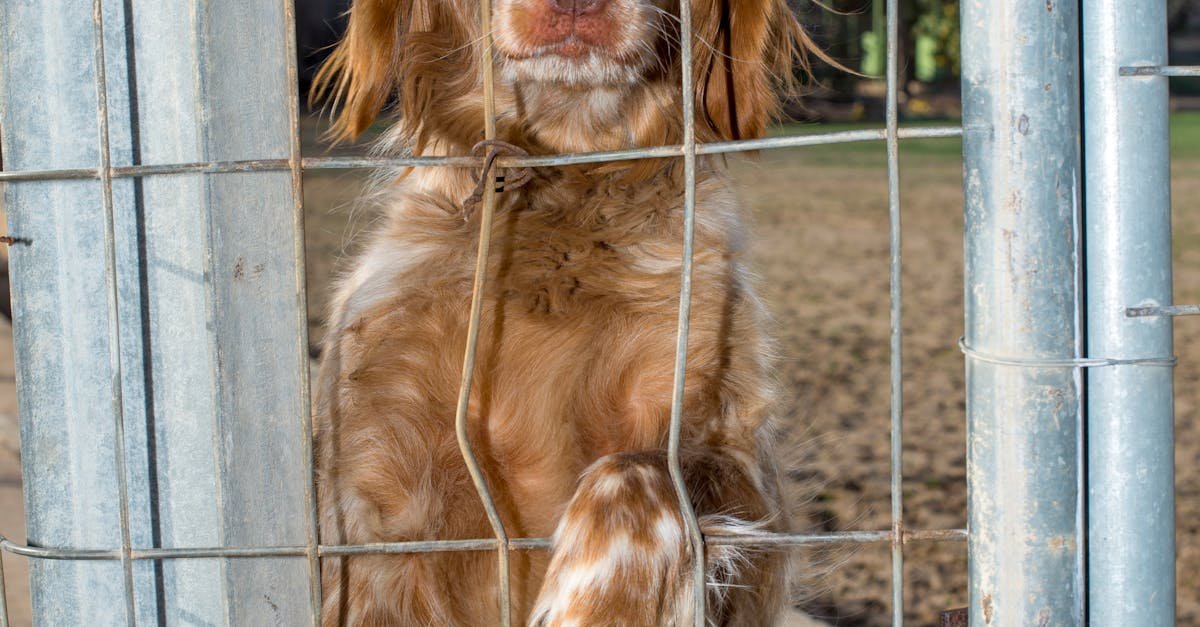
Ultimate Guide to Dog Paw Protection in All Seasons
Estimated reading time: 8 minutes
Key Takeaways
- Use dog paw balm for minor protection against heat and dryness.
- Invest in quality boots for extreme conditions like hot pavement or winter ice.
- Heal cracks with moisturizing and rest to prevent infections.
- Rinse paws after winter walks to remove salt and chemicals.
- Regular maintenance like trimming fur between pads prevents debris buildup.
Table of Contents
- Understanding Dog Paw Vulnerabilities
- Dog Paw Protection for Hot Pavement
- Best Dog Boots for Hiking
- How to Heal Cracked Dog Paws
- Dog Paw Protection in Winter
- Year-Round Paw Care Tips
- Frequently Asked Questions
Understanding Dog Paw Vulnerabilities
Dog paws are tough but not invincible. Their thick pads help them walk on rough surfaces, but extreme temperatures, sharp objects, and chemicals can cause serious damage.
Common Paw Risks
- Heat: Pavement burns happen fast—86°F air can mean 135°F asphalt, hot enough to blister paws in minutes. Source: AKC
- Cold: Ice, snow, and road salt can cause cracks, frostbite, and chemical irritation. Source: PetMD
- Rough Terrain: Rocks, thorns, and gravel can cut or scrape paw pads. Source: NaturVet
Signs of Paw Damage
- Limping or favoring a paw
- Excessive licking or chewing
- Redness, cracks, or peeling pads
- Blisters or bleeding
Prevention is always better than treatment—let’s explore how to protect paws in different environments.
Dog Paw Protection for Hot Pavement
Walking your dog on hot pavement can be dangerous. Here’s how to keep them safe.
How Hot is Too Hot?
- 86°F air = 135°F asphalt—enough to burn paws in 60 seconds. Source: AKC
- Use the 7-second test: If you can’t hold your hand on the pavement for 7 seconds, it’s too hot for your dog.
Dog Paw Balm for Hot Pavement
Balms like Musher’s Secret create a protective barrier, but they’re not foolproof for extreme heat.
- How to apply: Rub a thin layer on paw pads before walks.
- Best for: Moisturizing and minor heat protection. Source: Musher’s Secret
Other Solutions
- Walk early or late when pavement is cooler.
- Stick to grass or shaded paths.
- Use dog boots for full protection—look for heat-resistant soles. Source: Ruffwear
For more seasonal pet care tips, check out our guide on Seasonal Pet Care: Essential Year-Round Tips.
Best Dog Boots for Hiking
If your dog loves the outdoors, boots are a must for rough terrain.
Why Hiking Boots?
- Protect from sharp rocks, thorns, and hot trails.
- Prevent snow and ice buildup in winter.
Features to Look For
- Durable soles (Vibram or rubber for grip).
- Adjustable straps for a snug fit.
- Breathable & waterproof materials.
Top Picks
- Ruffwear Grip Trex – Great for hiking with rugged soles. Source: Ruffwear
- Ultra Paws Durable Dog Boots – Affordable and sturdy.
Pro Tip: Measure your dog’s paws and follow sizing guides—boots should stay on but not restrict movement.
For more outdoor safety tips, explore our Ultimate Guide to Pet Safety.
How to Heal Cracked Dog Paws
Cracked paws can be painful. Here’s how to help them heal.
Causes of Cracked Paws
- Dry weather
- Allergies
- Rough surfaces
- Chemical exposure (salt, deicers)
Step-by-Step Healing
- Clean paws with warm water and pat dry.
- Apply paw balm (like Musher’s Secret) to moisturize.
- Use booties to prevent further damage.
- Limit walks until healed.
- See a vet if cracks bleed or show signs of infection.
For minor injuries, our Pet First Aid Guide offers additional care tips.
Dog Paw Protection in Winter
Winter brings ice, snow, and salt—all hazards for your dog’s paws.
Winter Risks
- Frostbite – Pale, cold pads signal danger.
- Salt burns – Chemicals can irritate paws.
- Ice cuts – Sharp edges can slice paw pads.
How to Protect Paws in Winter
- Booties – Best for insulation and salt protection. Source: Ruffwear
- Paw balm – Prevents snow clumping between toes.
- Post-walk rinse – Wash off salt and chemicals.
- Avoid toxic deicers – Use pet-safe alternatives.
For more winter-specific care, read our Winter Care Tips for Dogs.
Year-Round Paw Care Tips
Keeping paws healthy is an ongoing effort.
Regular Maintenance
- Trim fur between pads to prevent ice and debris buildup.
- Check for cuts or foreign objects after walks.
- Keep nails trimmed to avoid uneven pressure on paws.
For grooming advice, see our Ultimate Guide to Dog Grooming.
Frequently Asked Questions
- How hot is too hot for dog paws?
- What is the best dog paw balm?
- How to protect dog paws in winter?
- How to heal cracked paws?
How hot is too hot for dog paws?
Asphalt can reach 135°F when air temperatures are just 86°F—hot enough to burn paws in under a minute. Always use the 7-second test before walks.
What is the best dog paw balm?
Musher’s Secret is a popular choice for moisturizing and minor protection. For extreme conditions, consider dog boots instead.
How to protect dog paws in winter?
Use booties for insulation, apply paw balm to prevent snow clumping, and rinse paws after walks to remove salt and chemicals.
How to heal cracked paws?
Clean the paws, apply a moisturizing balm, use booties to prevent further damage, and limit walks until healed. See a vet if cracks worsen.
